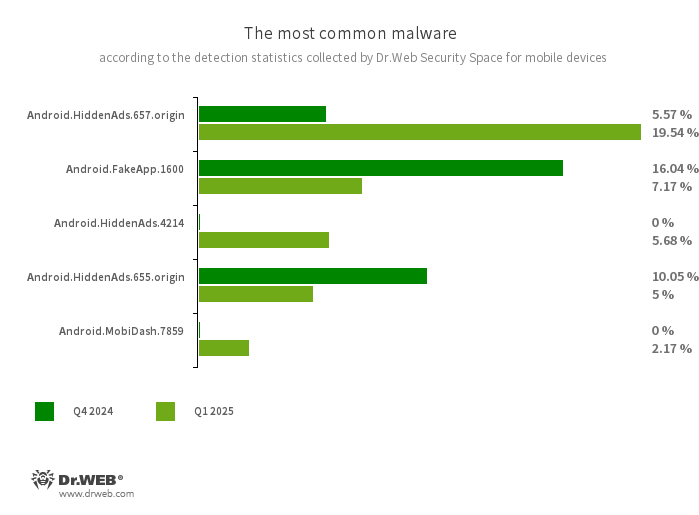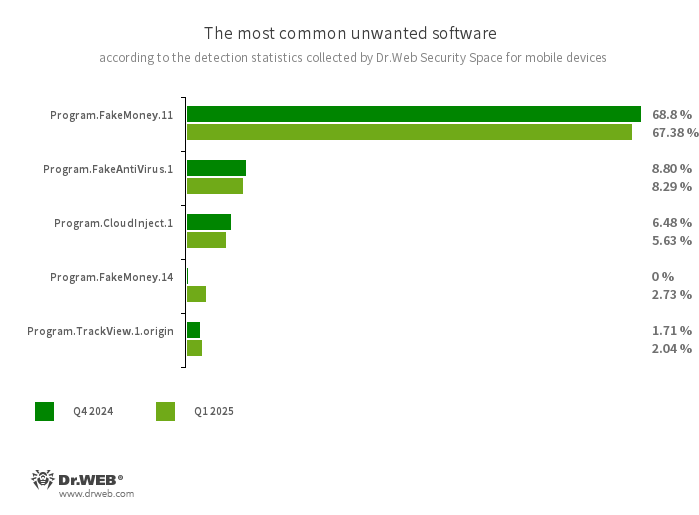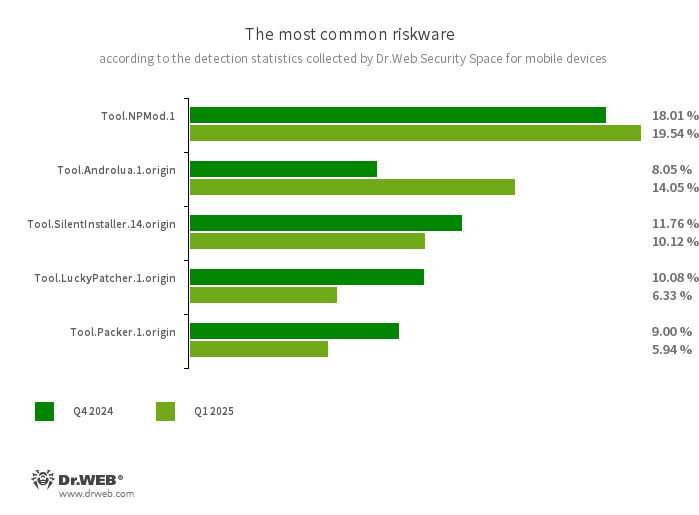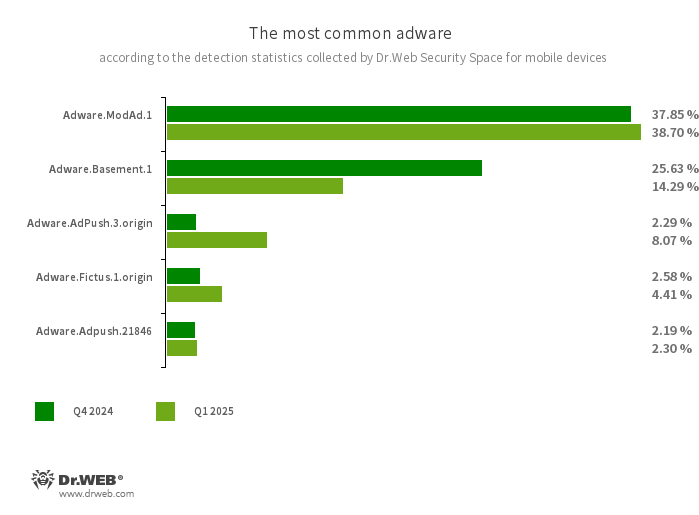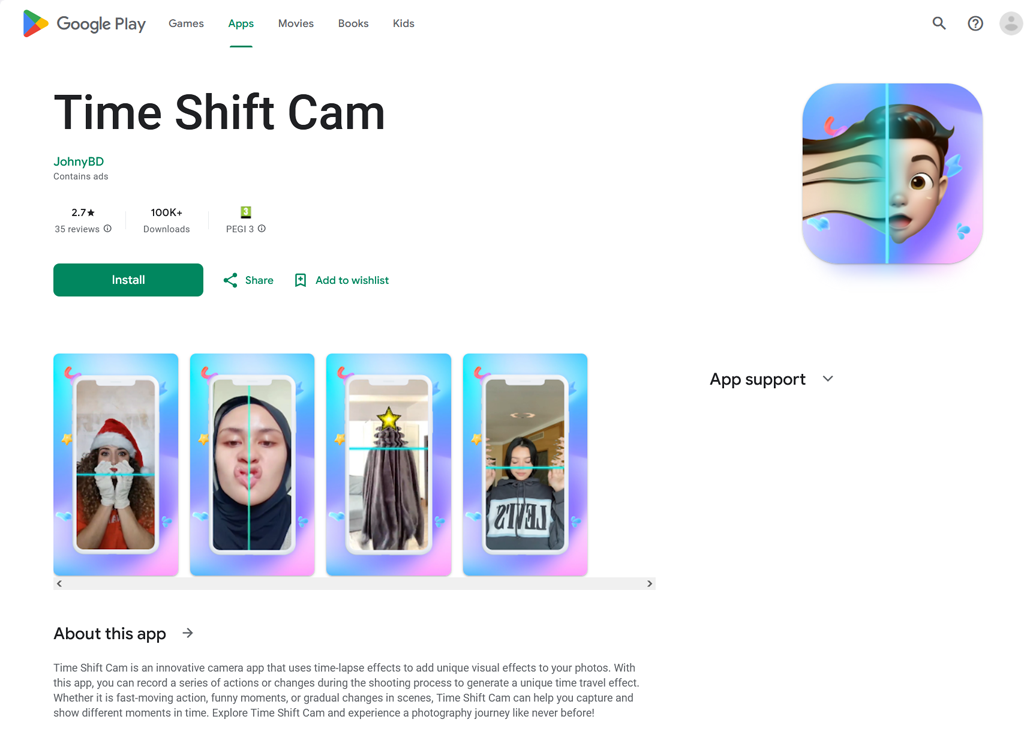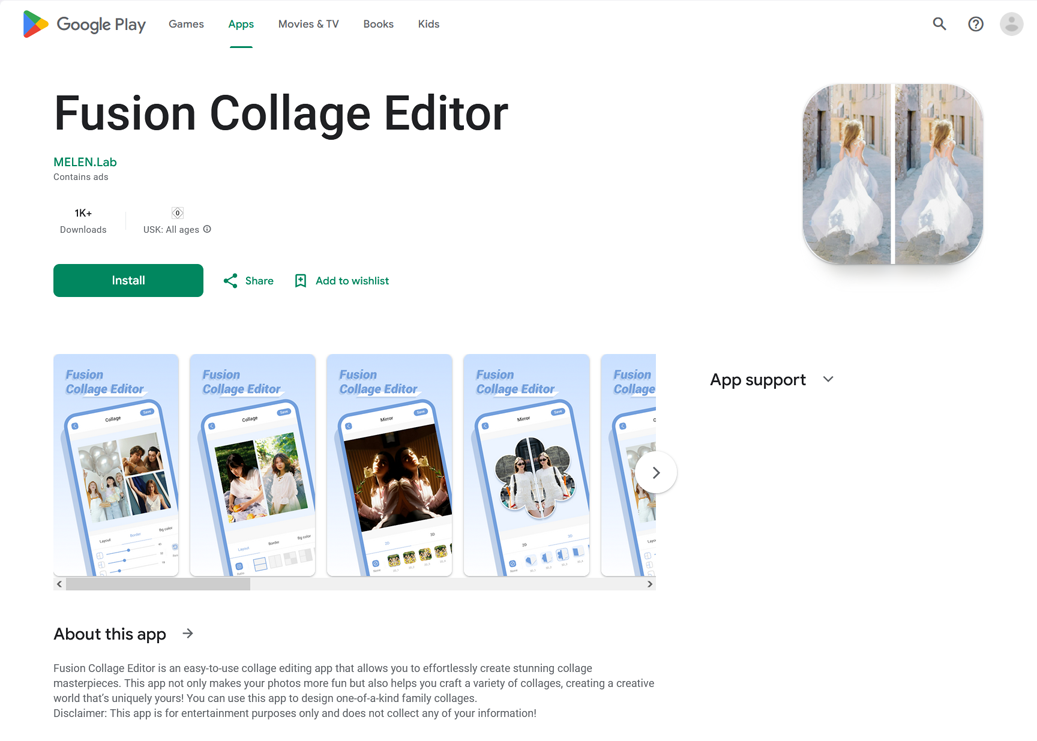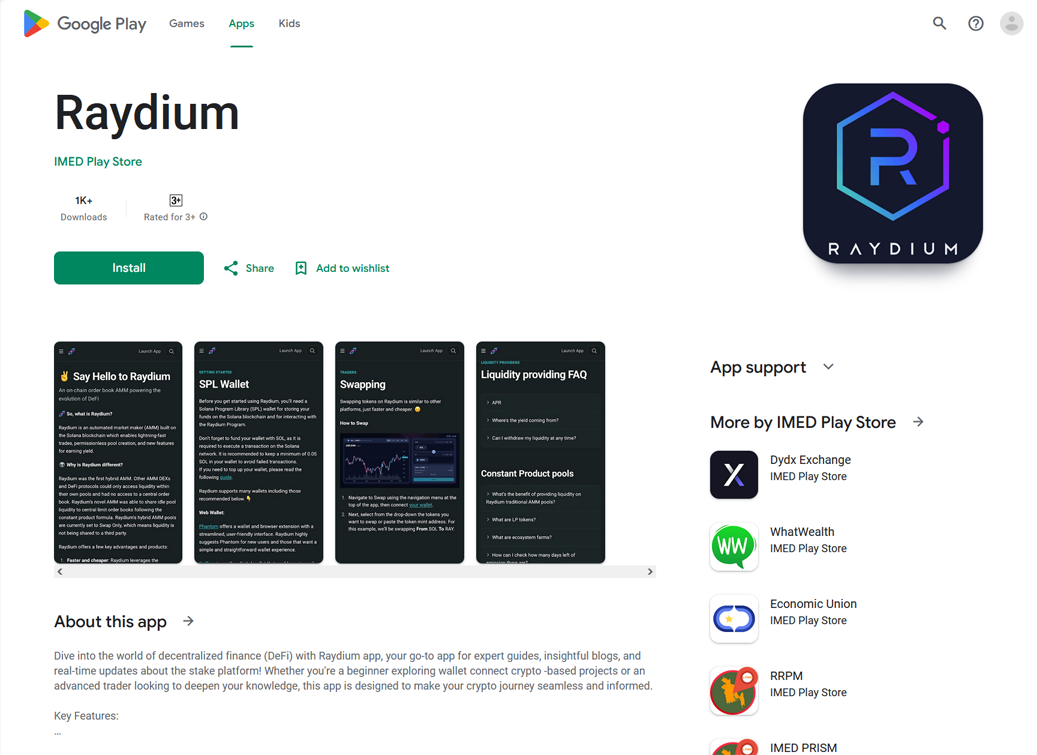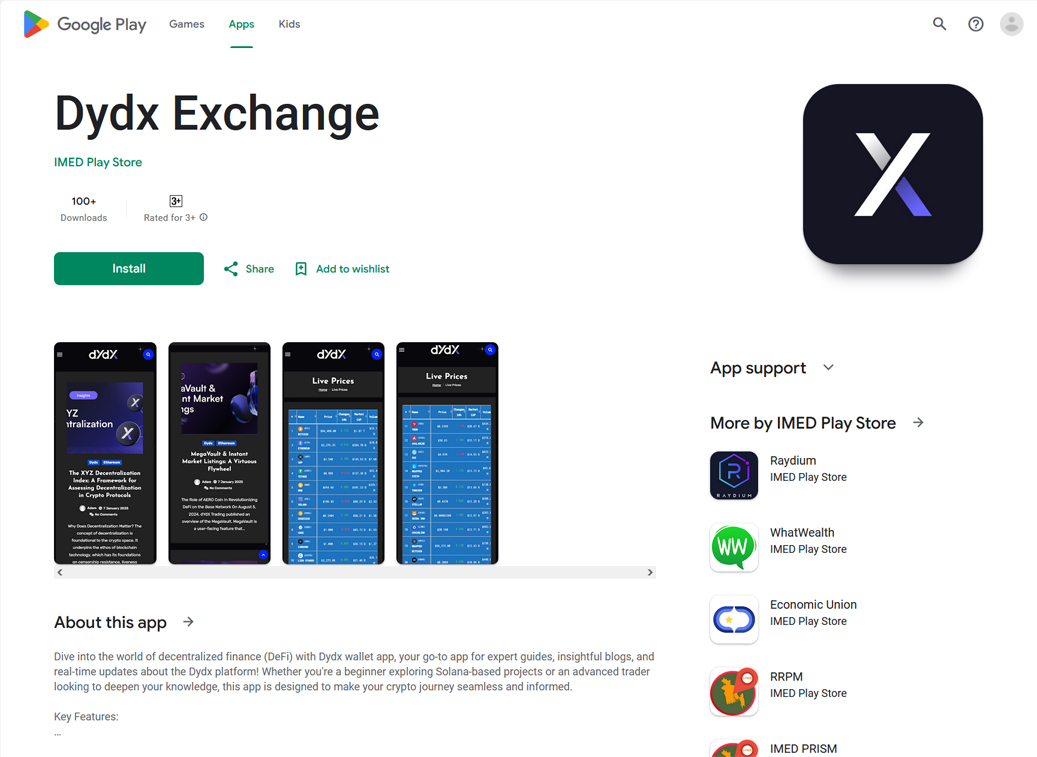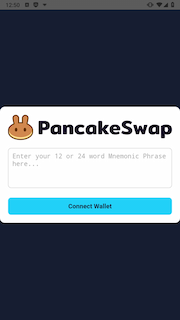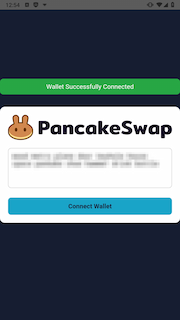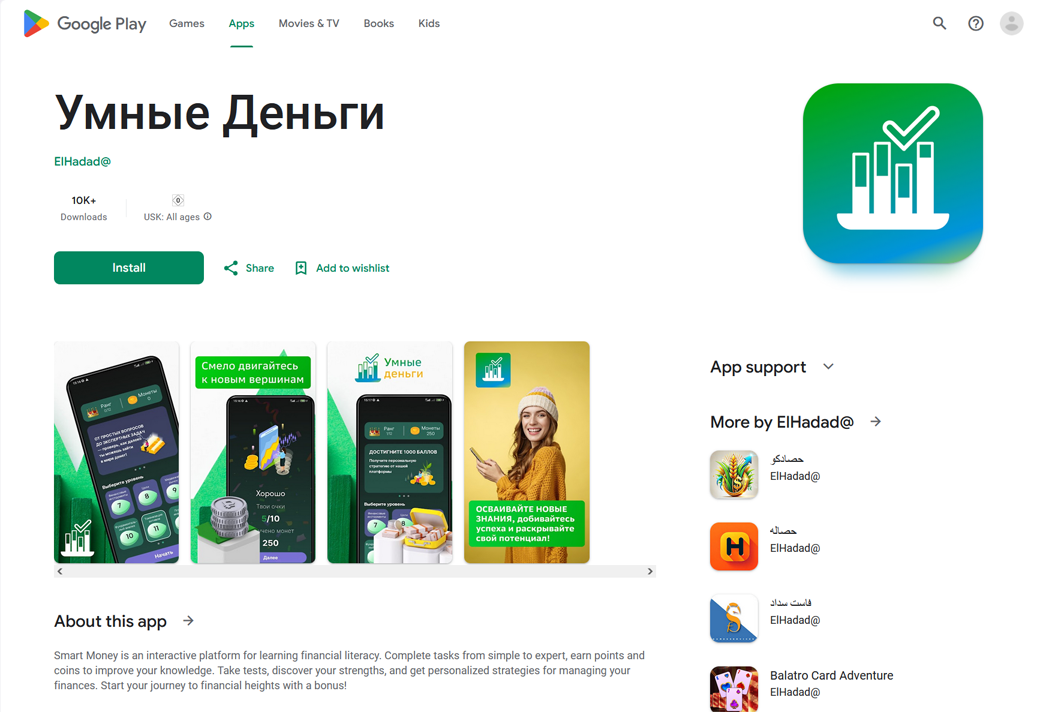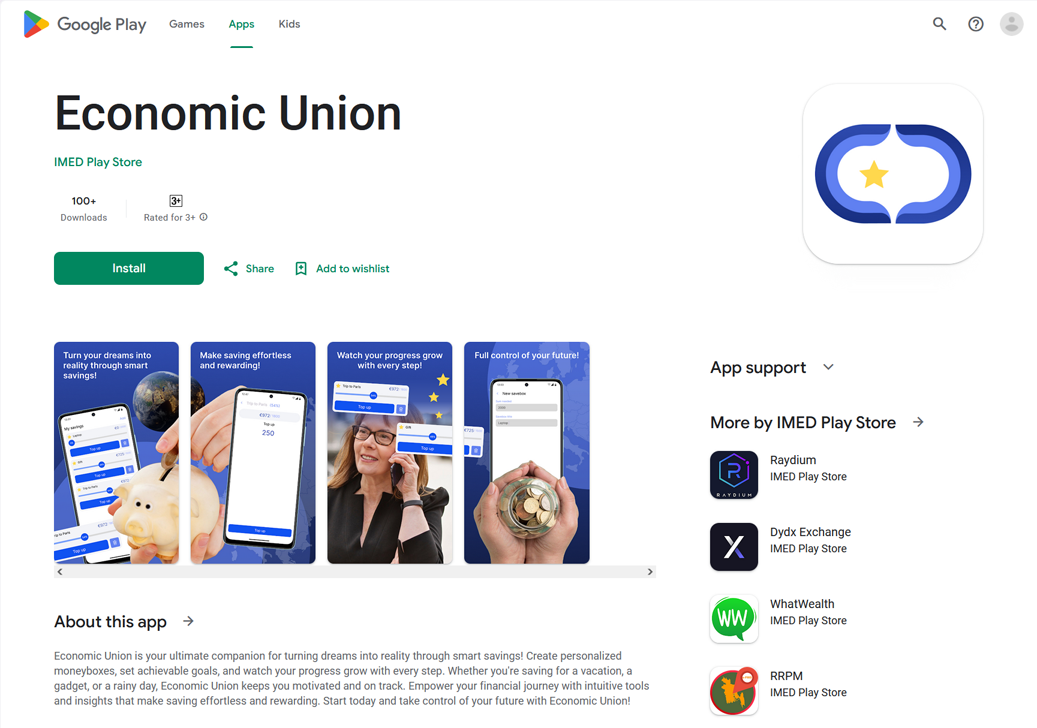Doctor Web’s Q1 2025 review of virus activity on mobile devices
March 27, 2025
Similar dynamics were observed among many banking trojans. For instance, an increase was recorded in the number of attacks involving Android.BankBot and Android.Banker trojan family members—by 20.68% and 151.71%, respectively. At the same time, Android.SpyMax trojans, whose activity grew throughout almost all of 2024, were detected 41.94% less frequently than in the previous quarter.
Over the past 3 months, Doctor Web’s specialists discovered dozens of new threats on Google Play. Our virus laboratory’s findings in this catalog included cryptocurrency-stealing malware and other trojans that display intrusive ads, along with the traditionally large number of Android.FakeApp trojans.
PRINCIPAL TRENDS OF Q1 2025
- Increased activity on the part of adware trojans
- Increased numbers of Android.BankBot and Android.Banker banker malware attacks
- Decreased activity on the part of Android.SpyMax spyware trojans
- The emergence of many new threats on Google Play
According to statistics collected by Dr.Web Security Space for mobile devices
- Android.HiddenAds.657.origin
- Android.HiddenAds.655.origin
- Android.HiddenAds.4214
- Trojan apps designed to display intrusive ads. Members of the Android.HiddenAds family are often distributed as popular and harmless applications. In some cases, other malware can install them in the system directory. When these infect Android devices, they typically conceal their presence from the user. For example, they “hide” their icons from the home screen menu.
- Android.FakeApp.1600
- A trojan app that loads a website that is hardcoded into its settings. Known modifications of this malicious program load an online casino site.
- Android.MobiDash.7859
- A trojan app that displays obnoxious ads. It is a special software module that developers incorporate into applications.
- Program.FakeMoney.11
- Program.FakeMoney.14
- The detection name for Android applications that allegedly allow users to earn money by completing different tasks. These apps make it look as if rewards are accruing for each one that is completed. At the same time, users are told that they have to accumulate a certain sum to withdraw their “earnings”. Typically, such apps have a list of popular payment systems and banks that supposedly could be used to withdraw the rewards. But even if users succeed in accumulating the needed amount, in reality they cannot get any real payments. This virus record is also used to detect other unwanted software based on the source code of such apps.
- Program.FakeAntiVirus.1
- The detection name for adware programs that imitate anti-virus software. These apps inform users of nonexistent threats, mislead them, and demand that they purchase the software’s full version.
- Program.CloudInject.1
- The detection name for Android programs that have been modified using the CloudInject cloud service and the eponymous Android utility (the latter was added to the Dr.Web virus database as Tool.CloudInject). Such programs are modified on a remote server; meanwhile, the modders (users) who are interested in such modifications cannot control exactly what will be added to the apps. Moreover, these programs receive a number of dangerous system permissions. Once modification is complete, users can remotely manage these apps. They can block them, display custom dialogs, and track when other software is being installed or removed from a device, etc.
- Program.TrackView.1.origin
- The detection name for a program that allows users to be monitored via their Android devices. Malicious actors can utilize it to track a target device’s location, take photos and video with the camera, eavesdrop via the microphone, record audio, etc.
- Tool.NPMod.1
- The detection name for Android programs that have been modified using the NP Manager utility. A special module is embedded in such apps, and it allows them to bypass digital signature verification once they have been modified.
- Tool.Androlua.1.origin
- The detection name for some potentially dangerous versions of a specialized framework for developing Android software based on the Lua scripting language. The main logic of Lua-based apps resides in the corresponding scripts that are encrypted and decrypted by the interpreter upon execution. By default, this framework often requests access to a large number of system permissions in order to operate. As a result, the Lua scripts that it executes can potentially perform various malicious actions in accordance with the acquired permissions.
- Tool.SilentInstaller.14.origin
- A riskware platform that allows applications to launch APK files without installing them. It creates a virtual runtime environment in the context of the apps in which they are integrated. The APK files launched with the help of this platform can operate as if they are part of such programs and can also obtain the same permissions.
- Tool.LuckyPatcher.1.origin
- A tool that allows apps installed on Android devices to be modified (i.e., by creating patches for them) in order to change the logic of their work or to bypass certain restrictions. For instance, users can apply it to disable root-access verification in banking software or to obtain unlimited resources in games. To add patches, this utility downloads specially prepared scripts from the Internet, which can be crafted and added to the common database by any third party. The functionality of such scripts can prove to be malicious; thus, patches made with this tool can pose a potential threat.
- Tool.Packer.1.origin
- A packer tool designed to protect Android applications from unauthorized modifications and reverse engineering. This tool is not malicious in itself, but it can be used to protect both harmless and malicious software.
- Adware.ModAd.1
- The detection name for some modified versions (mods) of the WhatsApp messenger, whose functions have been injected with a specific code. This code is responsible for loading target URLs by displaying web content (via the Android WebView component) when the messenger is in operation. Such web addresses perform redirects to advertised sites, including online casino, bookmaker, and adult sites.
- Adware.Basement.1
- These are apps that display unwanted ads which often lead to malicious and fraudulent websites. They share a common code base with the Program.FakeMoney.11 unwanted applications.
- Adware.AdPush.3.origin
- Adware.Adpush.21846
- Adware modules that can be built into Android apps. They display notifications containing ads that mislead users. For example, such notifications can look like messages from the operating system. In addition, these modules collect a variety of confidential data and are able to download other apps and initiate their installation.
- Adware.Fictus.1.origin
- An adware module that malicious actors embed into the cloned versions of popular Android games and applications. Its incorporation is facilitated by a specialized net2share packer. Copies of software created this way are then distributed through various software catalogs. When installed on Android devices, such apps and games display obnoxious ads.
Threats on Google Play
In Q1 2025, Doctor Web’s virus laboratory detected several dozen malicious programs. Among them were various modifications of the trojans Android.HiddenAds.4213 and Android.HiddenAds.4215, which conceal their presence on infected devices and start displaying ads on top of other apps’ windows and the operating system UI. They masqueraded as software for taking photos and videos with different effects, image-editing programs, an image collection app, and a women’s health diary.
The Android.HiddenAds adware trojans concealed in the apps “Time Shift Cam” and “Fusion Collage Editor”
Our specialists also discovered Android.CoinSteal.202, Android.CoinSteal.203, and Android.CoinSteal.206, malicious programs designed to steal cryptocurrency that are distributed under the guise of official software from the Raydium and Aerodrome Finance blockchain platforms and the Dydx cryptocurrency exchange.
The “Raydium” and “Dydx Exchange” programs are trojans that steal cryptocurrency
When launched, these malicious apps ask potential victims to enter a mnemonic phrase (the seed phrase)—supposedly to connect their crypto wallet. But, in reality, the data that users provide is sent to threat actors. To further mislead users, forms for entering mnemonic phrases can be disguised as requests from other crypto platforms. As shown in the example below, Android.CoinSteal.206 displayed a phishing form allegedly on behalf of the crypto exchange PancakeSwap.
At the same time, Android.FakeApp fake programs were once again being distributed via Google Play. Fraudsters passed off many of them as finance-related software, including teaching aids, instruments for accessing investing services, and personal finance software. They loaded various phishing websites, including those used by threat actors to collect personal information.
Examples of the Android.FakeApp trojan apps distributed under the guise of financial software: «Умные Деньги» (“Smart Money”) is Android.FakeApp.1803, and “Economic Union” is Android.FakeApp.1777
Under certain conditions, other Android.FakeApp trojans loaded bookmaker and online casino sites. Such malware variants were distributed as different games and other software, like a speed-typing trainer and a drawing tutorial. Among them were new modifications of the Android.FakeApp.1669 trojan.
Examples of malicious fake apps that, instead of providing the declared functionality, could load online casino and bookmaker websites
To protect your Android device from malware and unwanted programs, we recommend installing Dr.Web anti-virus products for Android.
